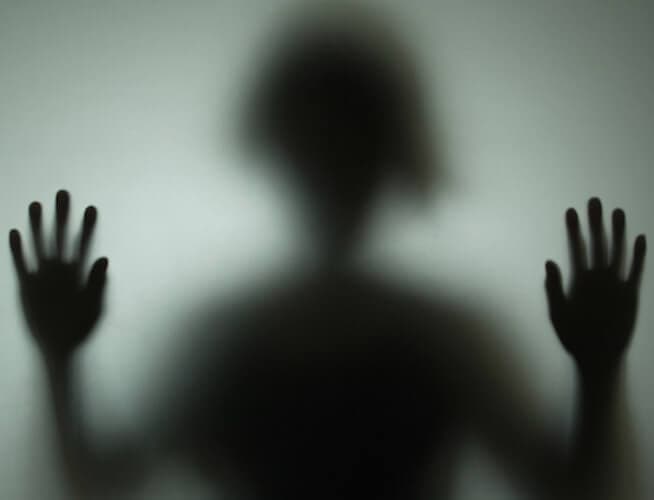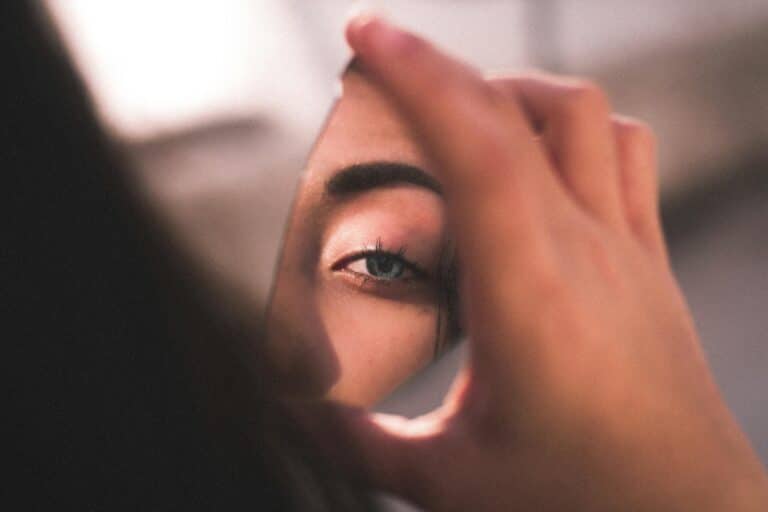Eye Health and Anxiety: What You Need to Know
Over two million Australians live with anxiety, impacting their wellbeing, personal relationships, career and productivity. Anxiety affects 1 in 3 women and 1 in 5 men, making it the most common mental health condition in this country [1].
How Anxiety Affects Your Eyes
Nearly 12 million Australians have reported having a long term eye condition. 1 in 5 children suffer from an undetected vision problem and 80% of people with vision problems could have had these issues prevented had they have been treated earlier.
How are anxiety and vision problems related?
It is no surprise that the eyes are sensory organs and that anxiety symptoms are often the result of heightened senses due to a stress response. As Behavioural Optometrists we understand that our eyes and brain work together to allow us to process and react to what we see. These reactions are where the behavioural component of what we do comes into play. They might be a fight or flight response as the body attempts to cope with stressors in the environment. This response and the coping mechanisms associated with it are at the root of many anxiety symptoms.
Anxiety commonly leads to various vision distortions. Elevated adrenaline levels puts pressure on the eyes and can result in blurred vision. Visual irregularities like seeing stars, shadows or flashing spots can occur as a result of anxiety onset. Individuals with anxiety often report that they notice things out of the corner of their eye that aren’t there or experience diminished peripheral vision and narrowed or tunnel-like sight. These occurrences can be quite concerning and lead to heightened levels of stress.
But it goes both ways. Often vision problems lead to many anxiety symptoms. When the two eyes do not work well together as a team (binocular vision disorders), tasks such as copying from a board at school become increasingly difficult causing visual fatigue, headaches and poor comprehension levels. This can lower academic performance, consequently adding extra demand on the child to work harder and increasing anxiety levels. Other visual problems like cataracts and glaucoma make tasks such as driving at night and navigating through crowds of people very difficult and so everyday tasks become sources of great discomfort and stress for the individual.
It is important to remember that visual problems and anxiety symptoms can come and go rarely, occur frequently, or persist indefinitely [2]. They can be debilitating and make day to day life difficult. Importantly, though, help is only ever a phone call away. If you are living with anxiety and suspect that your visual system could be at fault or at a least a contributing factor, please contact us for an assessment and take comfort in knowing that these types of symptoms can be managed.
Have Anxiety and Vision Problems?
Schedule a Comprehensive Vision Skills Assessment Today!
[1] Australian Bureau of Statistics. (2008). National Survey of Mental Health and Wellbeing: Summary of Results, 2007. Cat. no. (4326.0). Canberra: Australian Bureau of Statistics
[2] Anxiety Centre: Eye vision problems








